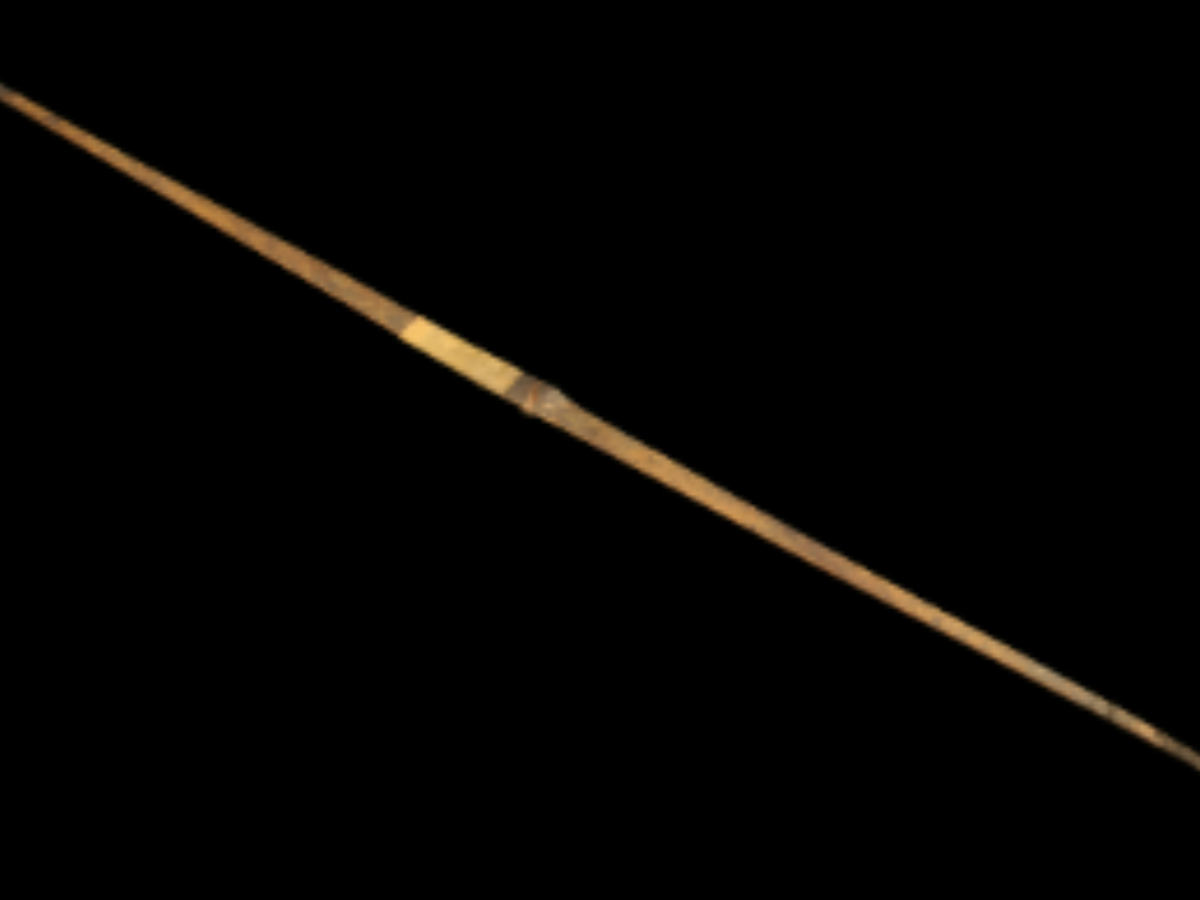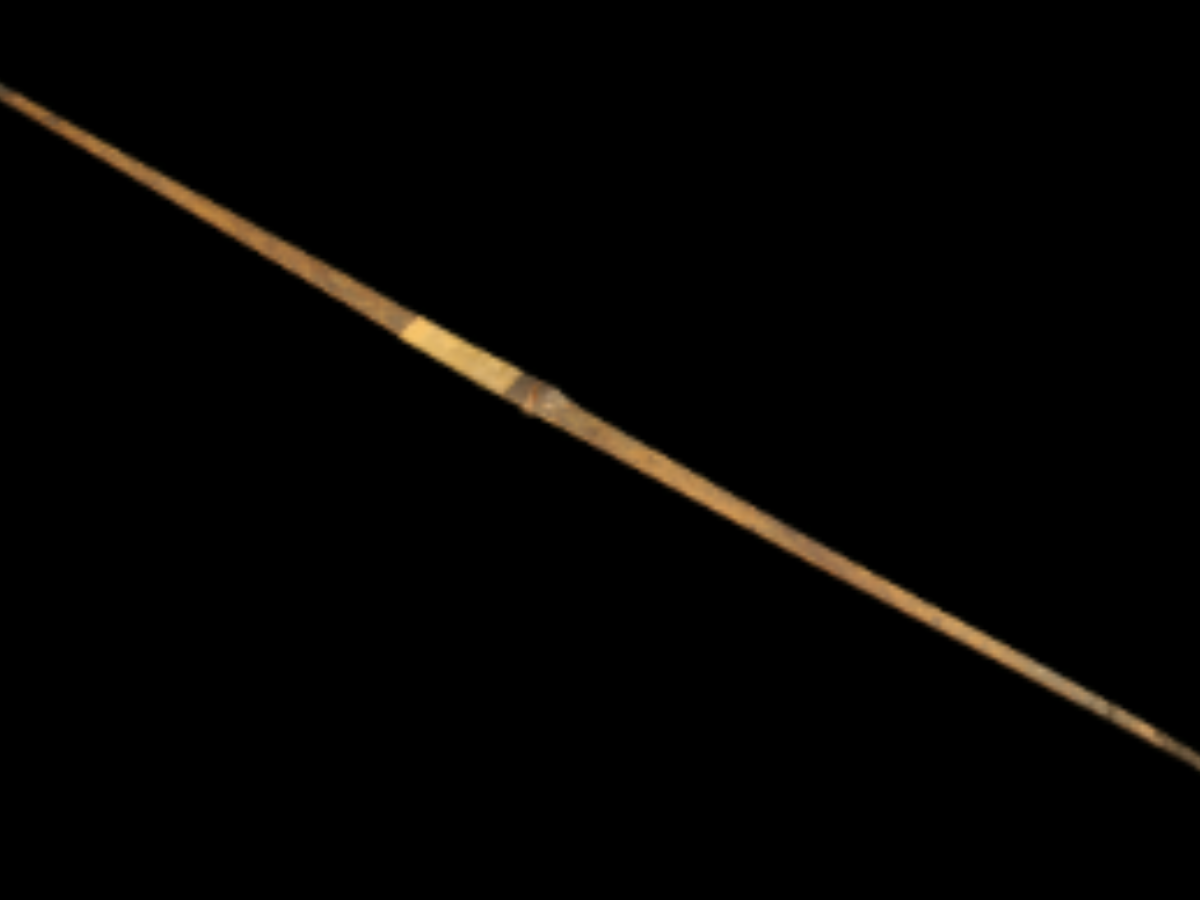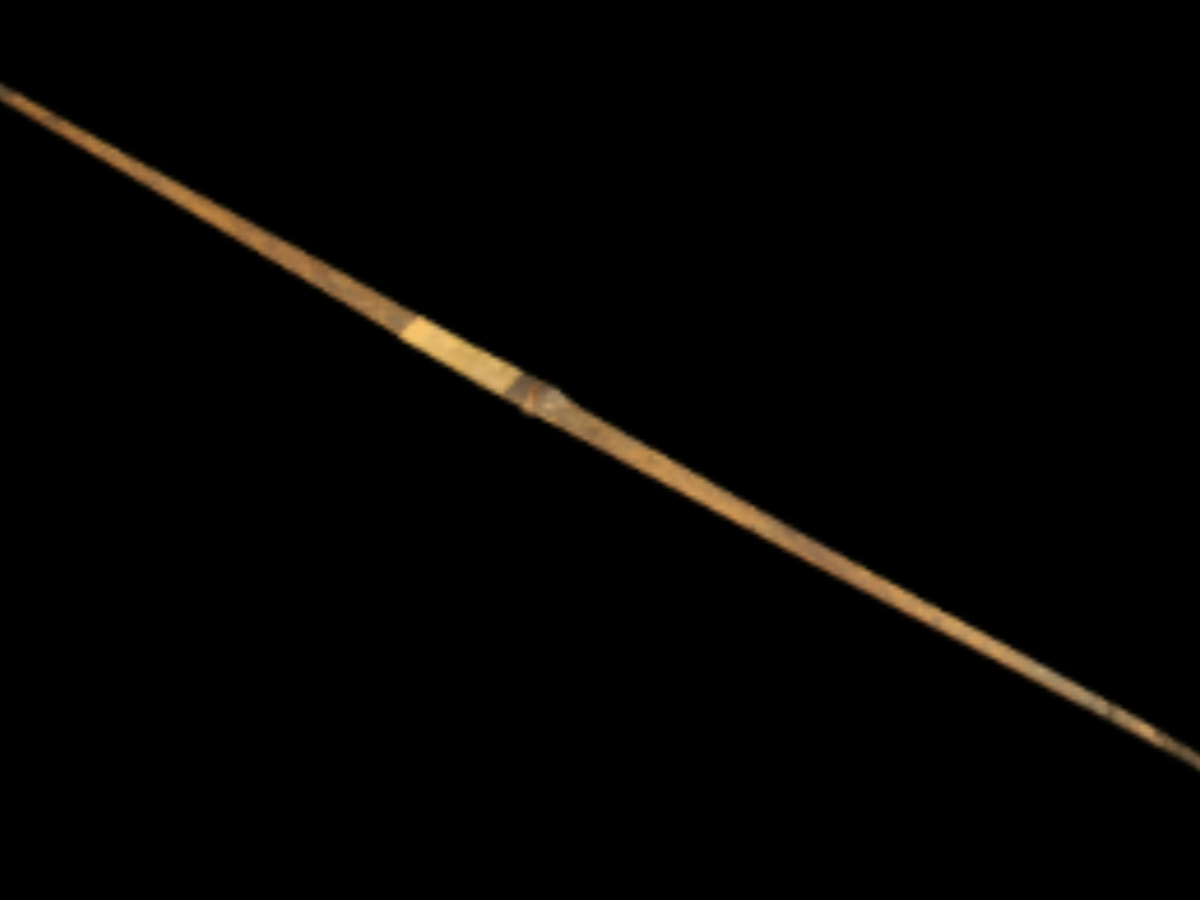State
Tribe Name
Art Type
short description
The Sairukherh, the age old traditional bamboo pellet bow in the Mizo tribe, sounds much typical featuring the Mizo ingeniousness, reflecting their way to adapt materials from nature. Mizo mainly lives in the Mizoram state of India in North-East India.
Thumbnail

Filter Postion
Right
Filter Background
Off
Theme
Filter Header Image

content
Image

description
The Sairukherh, the age old traditional bamboo pellet bow in the Mizo tribe, sounds much typical featuring the Mizo ingeniousness, reflecting their way to adapt materials from nature. Mizo mainly lives in the Mizoram state of India in North-East India.
The very name pellet bow infers a completely new treatment from what is believed as conventional archery equipment types. The whole arrangement is a bamboo stave tapering towards its two ends. Two "horns," peculiar extensions at the two ends of the stave, add unique architectural touch to the weapon. A prominent feature of this weapon is a projected piece from a bamboo node positioned at its middle, possibly serving grip and stabilizer functions. A goat’s skin is tightly wound around this middle section and stitched at both ends to secure its place; thus, it improves grip and durability. The bowstring, although missing, was traditionally fastened to the horns, completing the shape for launching small pellets—often used for hunting birds or small game.
The Sairukherh demonstrates the Mizo tribe's intimate association with their native surroundings through which they are capable of making tools from simple nature materials. Such items may not be in great use today but form part of the cultural memory and identity of the Mizo people and are displayed in tribal museums and cultural festivals.
The very name pellet bow infers a completely new treatment from what is believed as conventional archery equipment types. The whole arrangement is a bamboo stave tapering towards its two ends. Two "horns," peculiar extensions at the two ends of the stave, add unique architectural touch to the weapon. A prominent feature of this weapon is a projected piece from a bamboo node positioned at its middle, possibly serving grip and stabilizer functions. A goat’s skin is tightly wound around this middle section and stitched at both ends to secure its place; thus, it improves grip and durability. The bowstring, although missing, was traditionally fastened to the horns, completing the shape for launching small pellets—often used for hunting birds or small game.
The Sairukherh demonstrates the Mizo tribe's intimate association with their native surroundings through which they are capable of making tools from simple nature materials. Such items may not be in great use today but form part of the cultural memory and identity of the Mizo people and are displayed in tribal museums and cultural festivals.
Image Mode
landscape
promoted
On
Verified
Off
